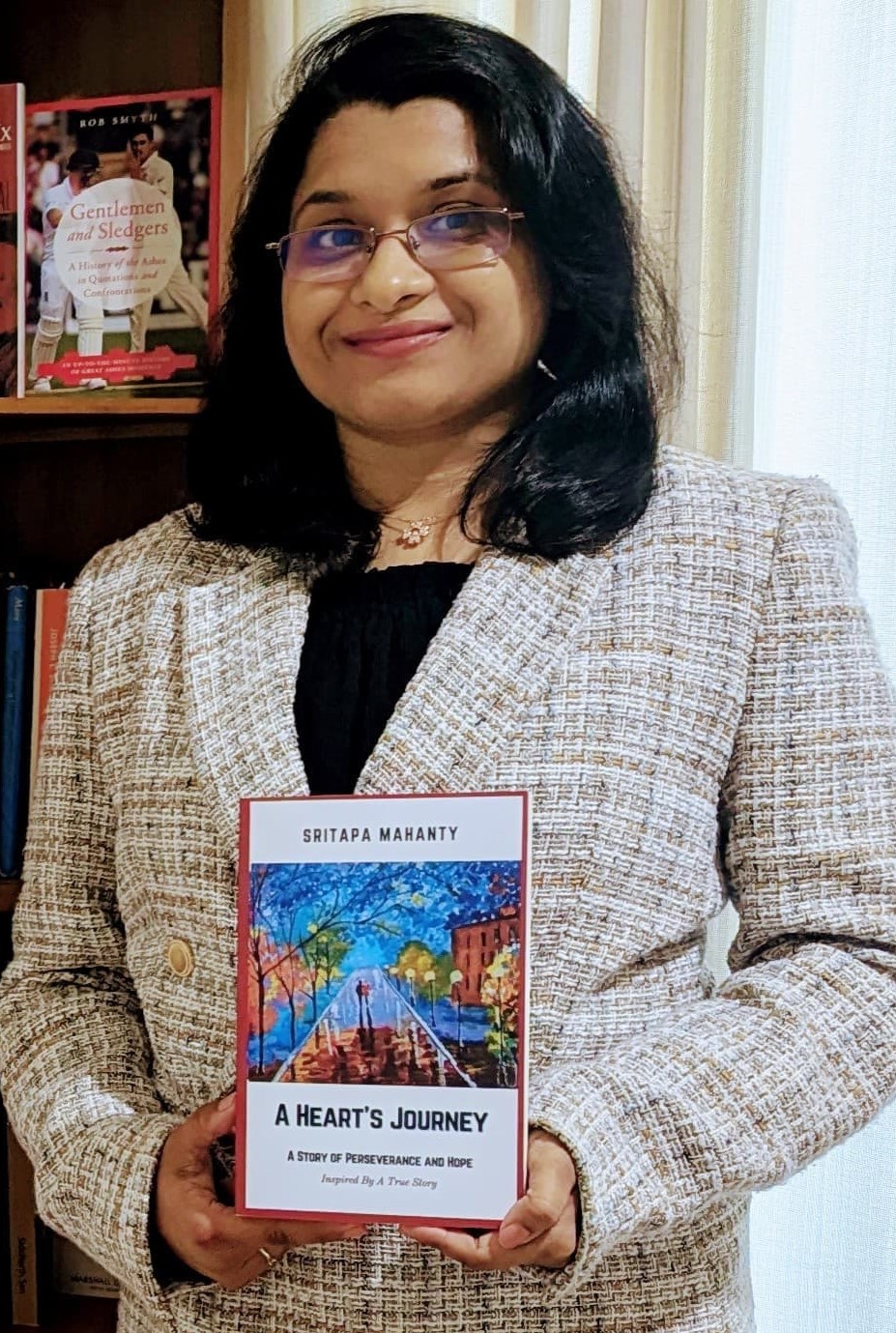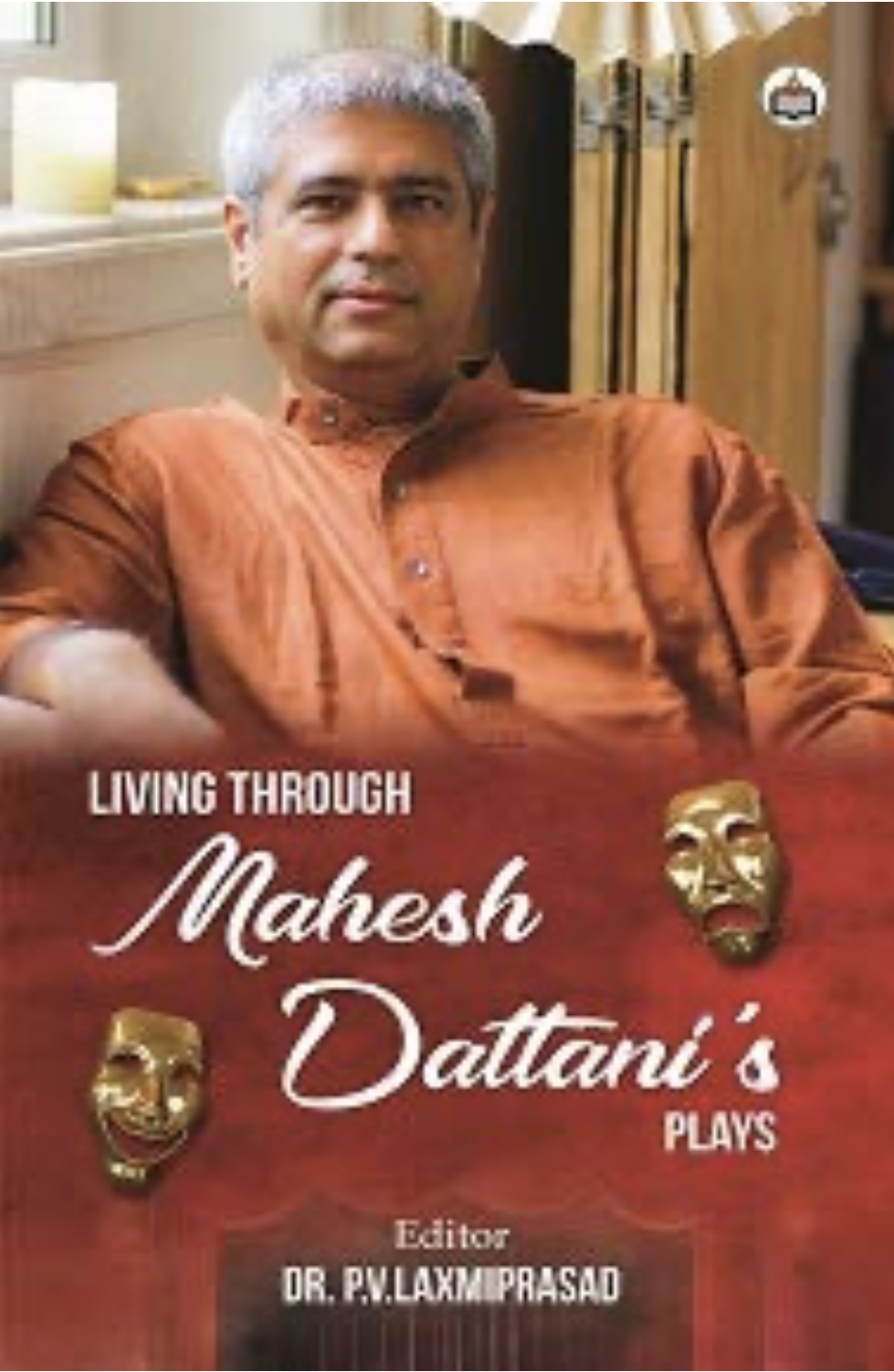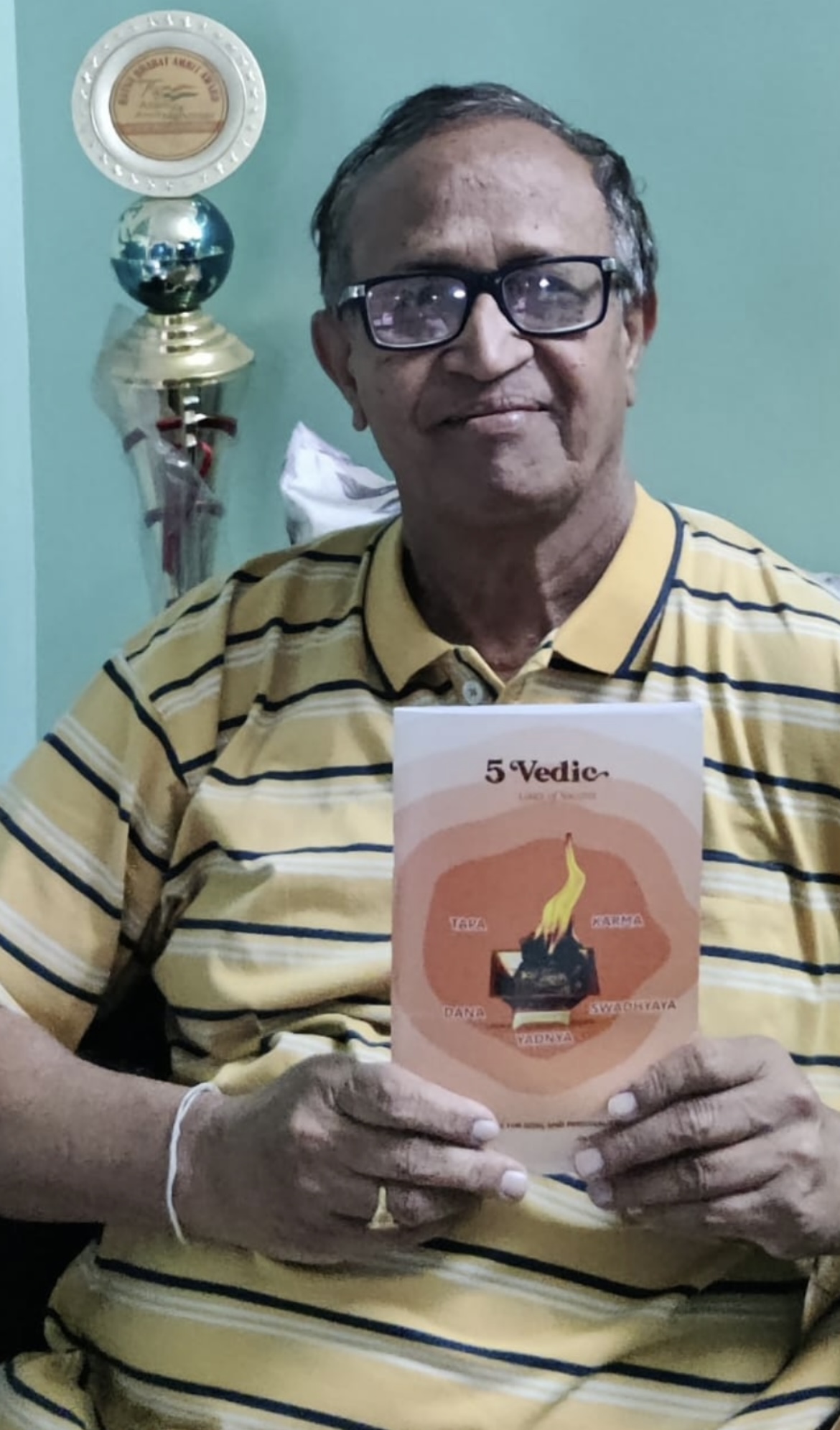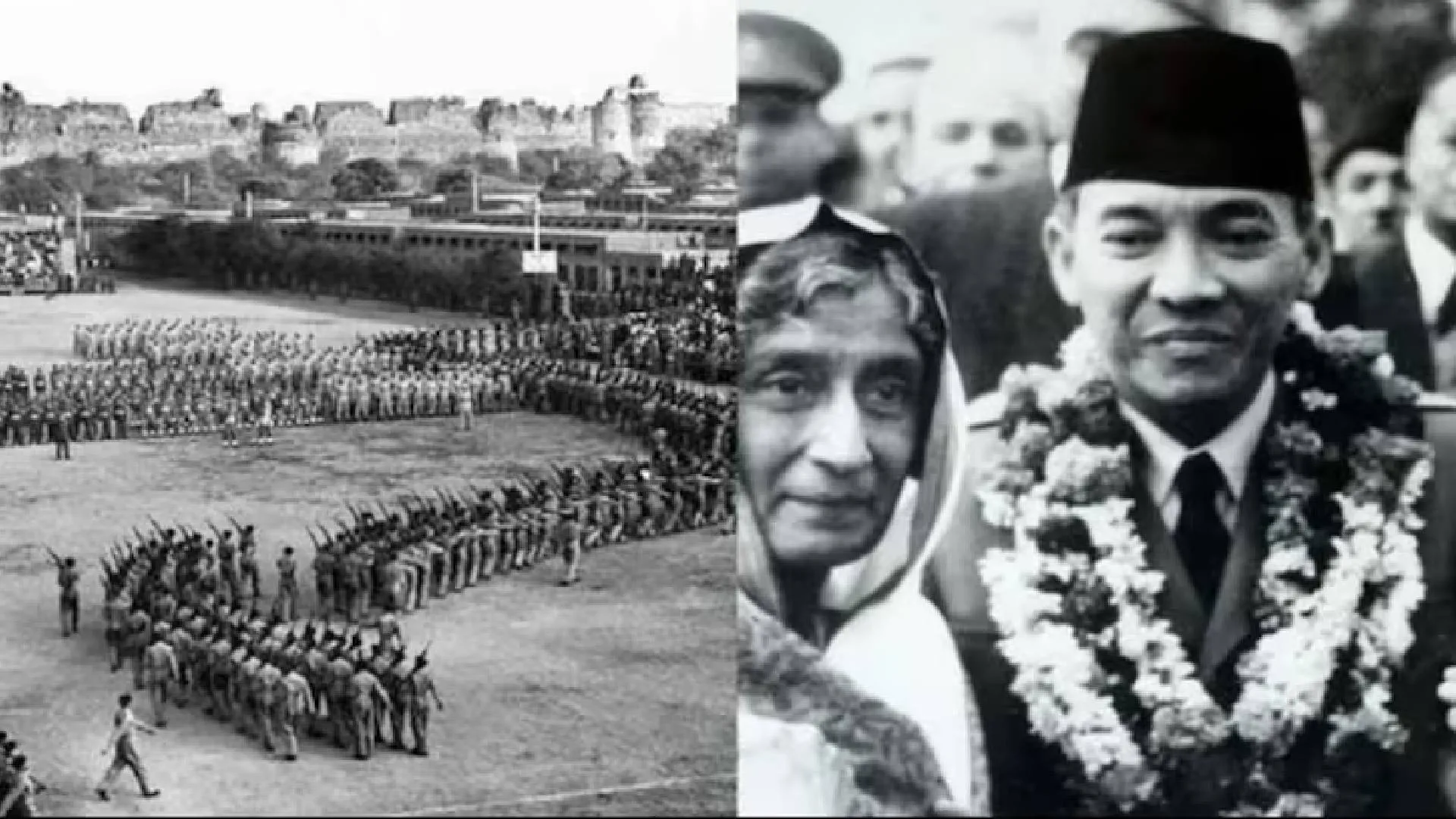Ferrante’s second book, The Story of a New Name begins with an important reveal that goes on to shape the voices in this book. While Ferrante still uses Elena’s voice as the primary one, in first person, she opens the door to delve a little into Lina’s head by centering the first chapter on a metal box containing eight notebooks filled with Lina’s writing over the years.
Lina gives the box to Elena for safekeeping after she gets married to Stefano, a marriage she regrets right on her wedding day. Elena, reads and rereads the notebooks, making them a part of her, almost.
Elena is very heavily influenced by Lina with or without Lina’s writings swimming around in her head. In a very classic way of demonstrating insecurity that most women understand, she undermines herself, yet agonizes over everything she says or thinks about Lina. Lina’s life, her apartment, her outfits, her relationships and even her family are described ad nauseum. However, when it comes to herself, the reader finds out what Elena looks like in bits and pieces – short, heavy chested and blond, wears shabby smock style dresses. We also learn about her pimples and her glasses, but nothing that she herself believes is positive. We learn a lot about Lina’s parents, their names, their approach to life, but we never even find out Elena’s parents’ names. We know that she doesn’t think too much about her mother, lame and cross-eyed, and she does somewhat peripherally acknowledge that her father supports her education and overrules her mother each time she wants to study further.
Ferrante describes this phenomenon of Elena vs. Lina and the way each character gets written about using Elena’s voice. When describing her life over a two year period, Elena lists all the basis facts in the course of a short chapter and realizes the attention she’s always given to Lina, the attention that Lina has always demanded.
‘How easy it is to tell the story of myself without Lina: time quiets down and the important facts slide along the thread of the years like suitcases on a conveyor belt at an airport; you pick them up, put them on the page, and it’s done. It’s more complicated to recount what happened to her in those years. The belt slows down, accelerates, swerves abruptly, goes off the tracks. The suitcases fall off, fly open, their contents scatter here and there.’
I noted an element which is not at all related to the Lina-Elena dynamic in Ferrante’s second book. It is the way the author repeats what is probably a real life pet peeve. She does not like mosquitoes. There are numerous mentions of the dastardly insects coming in through the window and wreaking havoc. ‘I didn’t dare open the window for fear of the mosquitoes…’ ‘…then I became aware of the mosquitoes. I closed the window quickly.’
‘The heat in the closed room was suffocating, but I was afraid of the blotches I’d get from the mosquito bites, and I didn’t open the window.’
‘Soaked with sweat, I resigned myself to opening the window and was tormented by the mosquitoes.’
‘I took the volume of Beckett, the one I used to kill the mosquitoes, and gave it to her.’
‘Nino thanked me, scratched away with his nail the trace of a mosquito from the cover…’
This is a tic that comes through for most authors in their writing. I’m told that I talk about Sikh men’s beards and turbans many times in my book.

Priya Hajela is the author of Ladies’ Tailor, published by Harper Collins India.























